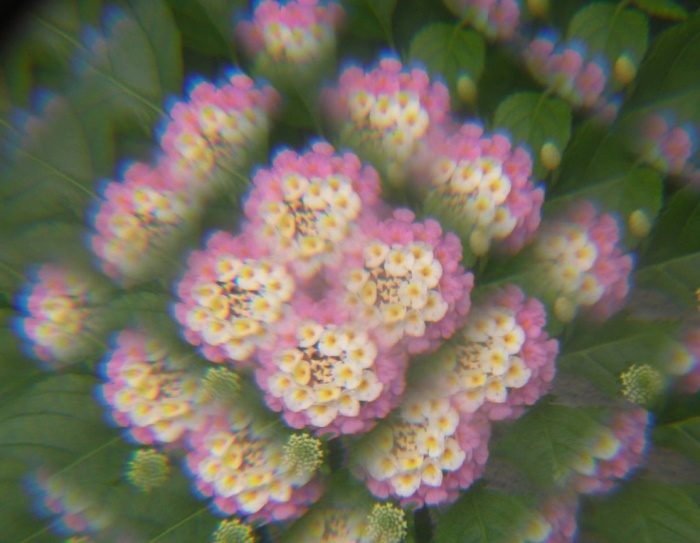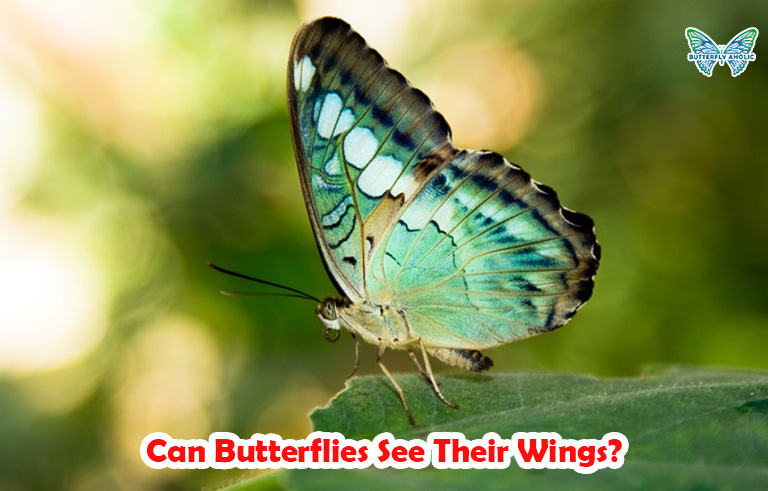Can Butterflies See Their Wings?
“Butterflies can’t see their wings. They can’t see how truly beautiful they are, but everyone else can. People are like that as well.” – Naya Rivera. Don’t let this famous quote fool you about butterfly eyesight. It’s merely a quote for inspiration!
In the scientific aspect, butterflies can see their wings, though they see things differently from how we do. Furthermore, their eyesight is quite vague and they have to make up for it with other senses in their bodies.
To learn how butterfly eyes work as well as how this special vision affects their perceptions, we shall have a quick anatomy lesson with a sprinkle of imagination!
What you will learn after reading this article:
- How clearly butterflies see their wings
- Butterfly eye anatomy
- Other things that butterflies can see
Butterflies Can See Their Wings But Only Vaguely
Butterflies can see their own wings because they are nearsighted and the gap from their eyes to their wings is within the limit for them to see. However, monocular vision only allows them to detect colors instead of distance or patterns.
The sizes and shapes of butterfly wings vary greatly across countless species, though butterflies are usually only able to determine the shades and the patterns of themselves.
It means butterflies can see the color of their wings too, but not the specific form.

If a butterfly were to look at its body, it would see only the pigment cells, also known as the scales on the wings. However, they won’t see the slim outlines or the curlicues like we do, only swaths of visible colors.
Love butterflies, check now: Butterfly T-shirts & Butterfly Hawaiian Shirts
Butterfly Eye Anatomy
So, why does butterfly vision work that way?
Butterflies have compound eyes, which consist of numerous smaller eyes with separate lenses. These eyes are ommatidia. The information they collect will be sent back to the butterfly’s brain and combined into a picture of the surroundings.
Due to the discrepancy between the number – a butterfly possesses one brain vs. many ommatidia – butterflies can never focus on one thing at a time, plus they can detect the colors around them yet never the patterns or shapes of something.
To make up for the flaw, as well as increase their chance of survivability, butterflies have a few additional features to support their vision.

For example, the empress Leilia butterflies have a 34-degree vision range, which means they are close to seeing everything around them. You can compare that to our approximately 190-degree visual field.
Another advantage they have for survival is their ability to spot speedy motions around them, which might be a predator in the worst case.
Butterflies can also see colors that we find invisible unless equipped with suitable tools, and this ability allows them to decide if another individual is a good mate.
Dr. Ron Rutowski researched and discovered that the orange sulfur female butterflies can observe the ultraviolet scales on a male’s wings with their ocular receptors and evaluate its age and condition. It will tell the female if the male butterfly she is seeing is sufficiently capable of mating.
For a better demonstration, the Australian Butterfly Sanctuary offers a tour, wherein visitors can experience what the world is like for a butterfly.
This stimulation features a dark room and UV lights to simulate the conditions of a butterfly’s vision. You will see the pictures in the room stand out from the surroundings, especially the colors within the UV wavelengths.
Read more: Do Butterflies Bite Or Sting Humans?
Things To Take Away: What A Butterfly See
Butterflies can see their wings and many other things, although they don’t see the same way as us. Their eyes receive colors and patterns that our eyes cannot detect.
Here are some highlights of butterfly eyesight that you can keep in mind:
- They are nearsighted.
- They can spot color & conspecifics, but patterns.
- Their vision is monocular, humans’ vision is binocular. Hence, they can’t assess depth or distance but have a wider field of vision than humans.
- They can rely on colors that are invisible to human eyes, to find their mates.
There is a little secret for people who want to attract butterflies: Wear white. Under UV conditions, the white color becomes a glow that draws these little charmers toward you.
Bright pink and red shades also have similar effects. Meanwhile, blue and other colors might not show signals as strongly.
Butterflies use this ability to find blooms with a rich amount of nectar, and detect enemies via appearances and patterns.
Another special function butterfly eyes are capable of is the perception of polarized lights and one-way waves. It is suggested that this feature helps them navigate more easily.
Overall, due to their inability to judge distances, the world resembles a picture rather than a movie for them.

